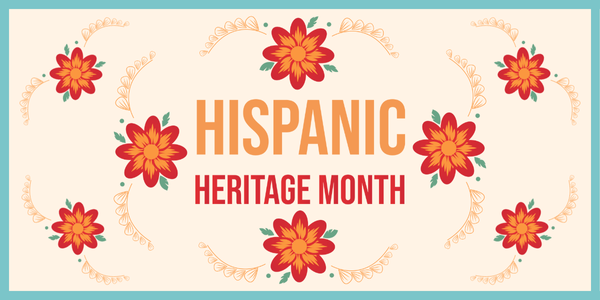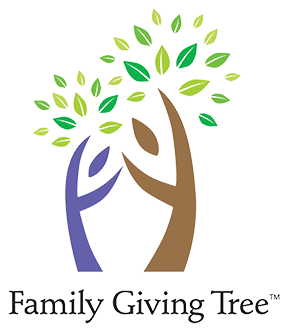Data, Challenges, and Community Strength
By Mikey J Smith

Latino Heritage Month is a time to celebrate the culture, stories, and contributions of Latino communities, and also to take an honest look at the numbers that shape Latino experiences in education. For Family Giving Tree, this month underscores why access to resources matters so much for the students we serve.
Who Are Latino Students in California?
According to the California School Boards Association, Latinos represent a vibrant and growing community across California, making up more than half of the state’s K–12 population. Yet many face persistent inequities:
-
Economic Disadvantage: Roughly 80% of Latino students in California are considered economically disadvantaged (CSBA).
-
Disadvantaged Schools: 57% of Latino students attend schools where at least 75% of their peers qualify for Free or Reduced-Price Meals (CSBA).
-
English Learners: 34% of Latino students statewide are classified as English learners, with over half of Latino first graders (52%) beginning school as English learners. The proportion declines by high school, but language acquisition remains a major educational factor (CSBA).
Outcomes: Gaps and Progress
Even with progress, data highlights significant achievement gaps:
-
Academic Achievement: Latino sixth graders score 30 percentage points lower in math compared to white peers, and nearly 50 points lower compared to Asian peers. In English Language Arts, the gaps range from 27 to 40 points (CSBA Snapshot).
-
College Readiness: By 11th grade, only about 20% of Latino students are deemed “ready or conditionally ready” for college-level math, compared to 45% of white students and 70% of Asian students. In English Language Arts, the rate is closer to 50%, still trailing white (71%) and Asian (81%) students (CSBA Snapshot).
-
Graduation Rates: Nationally, Latino high school graduation rates reached nearly 82% in 2019. This is a major gain from prior decades (UnidosUS).
Barriers Behind the Numbers
Several factors contribute to these disparities:
-
Socioeconomic Status: Students from lower-income households often lack access to early learning tools, books, and extracurricular enrichment (National Center for Biotechnology Information).
-
Parental Education: While 23% of Latino children have a parent with a bachelor’s degree, about 21% have a parent who did not complete high school. This gap impacts how families can support and navigate the school system (Hispanic Research Center).
-
Pandemic Impacts: Latino students (especially English learners) were disproportionately impacted by COVID-19, facing greater barriers to internet access, quiet learning spaces, and family support during school closures (UnidosUS).
Bright Spots and Community Strength
Despite systemic challenges, Latino students and families demonstrate remarkable resilience:
-
Graduation Gains: The rising graduation rate for Latino students reflects both persistence and expanding access to educational pathways (UnidosUS).
-
Postsecondary Enrollment: Enrollment in two- and four-year colleges has grown significantly, showing progress even as college completion remains a challenge (Georgetown University).
-
Community Assets: Strong family networks, bilingualism, and high aspirations for the next generation provide cultural capital that strengthens educational persistence.
Why This Matters for Family Giving Tree
For Family Giving Tree, these numbers are more than statistics—they reflect the lived realities of children and families across the Bay Area. Our work aims to address educational inequities and broader community challenges by ensuring that children have access to the resources, support, confidence, and joy they need year-round.
Whether it’s a backpack filled with supplies at the start of school, a holiday gift that reminds a child they are not forgotten, or an act of kindness that eases financial strain on parents, every effort helps level the playing field.
Our mission goes beyond one season. By reducing barriers and showing families that their community stands with them, we create opportunities for children to feel empowered in the classroom, connected during the holidays, and supported in every chapter of their growth.
A Call to Celebrate and Act
Latino Heritage Month is both a celebration and a reminder. The data makes clear how much progress has been made, but also how much work remains. By joining Family Giving Tree, you ensure that children, many of them Latino, don’t just dream of success but have the tools, confidence, and community support to achieve it.
Celebrate heritage. Support equity. Create opportunity—all year long.



